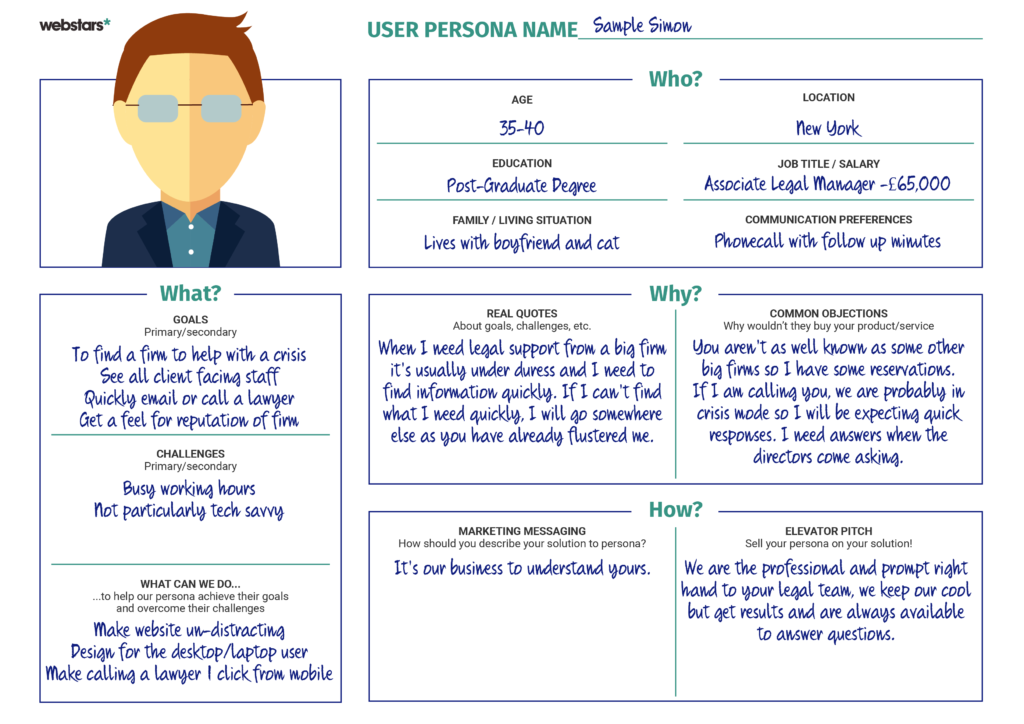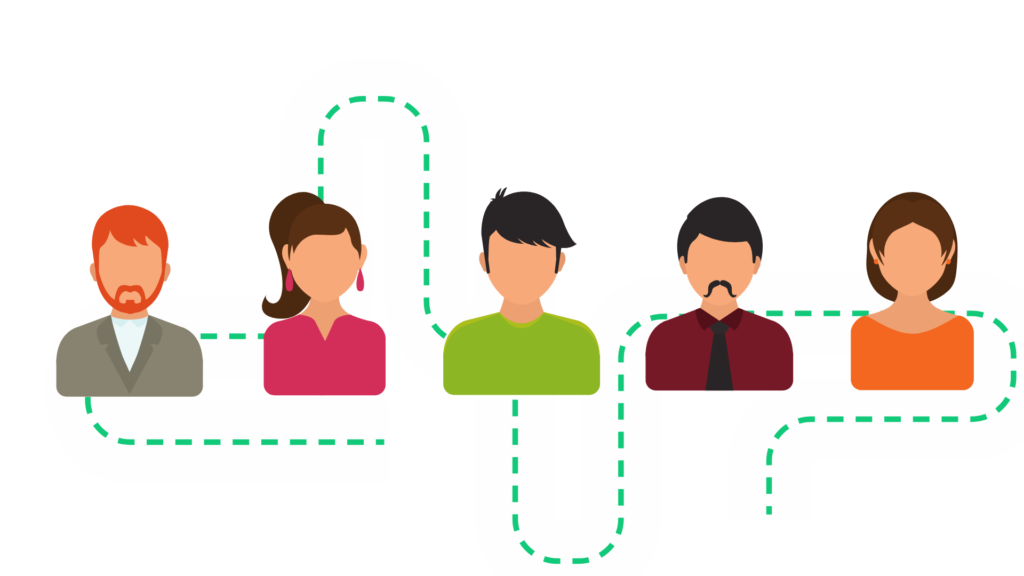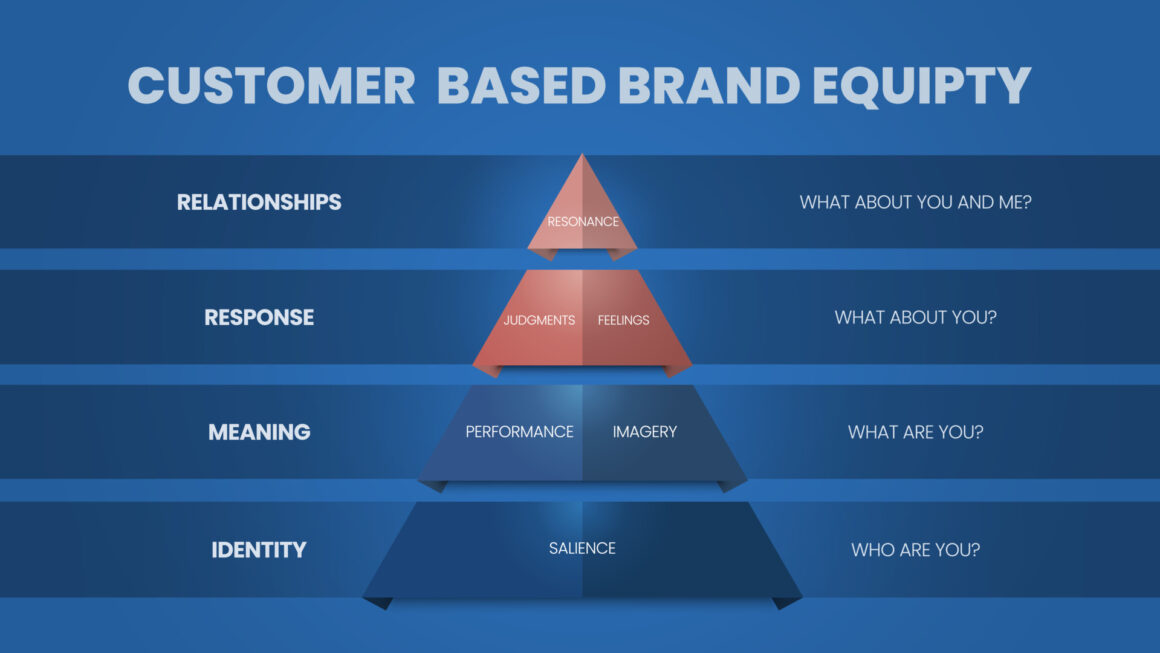In today’s hyper-competitive landscape, understanding your audience isn’t optional, it’s an imperative. Gone are the days of generic messaging and mass marketing campaigns. Consumers crave relevance, connection, and an experience that speaks directly to their individual needs and desires.This is where customer personas come in, playing a crucial role in crafting targeted and effective marketing strategies.
Beyond Demographics: What are Customer Personas?
Customer personas are fictional, yet richly detailed representations of your ideal customers. They go beyond simple demographics, capturing the essence of your target audience by encompassing their:
- Behaviors: Online habits, purchasing patterns, media consumption, etc.
- Motivations & Goals: What drives their purchase decisions? What are their aspirations?
- Challenges & Pain Points: What are their frustrations and unmet needs?
- Values & Preferences: What are their beliefs and brand preferences?
Think of them as detailed profiles that bring your target audience to life, helping you step into their shoes and understand their world. It’s not just about age and income; it’s about understanding their hopes, fears, and the journey they are on.
Why are Customer Personas Crucial?
Investing in customer personas offers a treasure trove of benefits for your marketing strategy:
Laser-Focused Targeting: Move beyond broad demographics and tailor your messaging to specific groups of people with shared interests and challenges. Imagine targeting millennial fitness enthusiasts with workout apparel ads highlighting comfort and performance, versus targeting a general “activewear” audience. This laser-focused approach translates to higher engagement and conversion rates.
Content that Resonates: When you understand your personas’ needs and challenges, you create content that speaks directly to them. Whether it’s informative blog posts, targeted social media ads, or personalized email campaigns, content tailored to their interests will have a significantly greater impact. Imagine creating helpful guides on “Sustainable Clothing Options” for your eco-conscious persona, versus generic fashion articles.
Products that Matter: Personas provide valuable insights into what your target audience wants and needs. This information can inform product development, ensuring you are creating offerings that address their pain points and desires. Think of a skincare brand understanding their “Sensitive Skin” persona’s struggles with harsh chemicals and developing a hypoallergenic line based on their feedback.
Building Loyalty: When your marketing feels genuinely personal and relevant, it fosters deeper connections with your customers. Personas ensure your messaging resonates with their values and aspirations, building trust and loyal brand advocates. Imagine sending birthday discounts and personalized product recommendations based on their purchase history, making them feel valued and appreciated.
Marketing Efficiency: By tailoring your efforts to specific groups, you avoid wasting resources on irrelevant campaigns. Personas help you allocate your budget more effectively and maximize your return on investment. Think of avoiding broad social media campaigns and instead focusing on niche influencer partnerships that resonate with your specific personas.
Building Real-Life Personas: A Step-by-Step Guide
Creating accurate and valuable customer personas requires research and effort. Here’s a step-by-step guide to bring your ideal customers to life:
Identify Your Target Audience: Start by defining who you want to reach. Consider demographics, interests, and behaviors. Look at your existing customer base and competitor audiences for inspiration. Imagine a fitness tracker brand targeting both professional athletes and fitness enthusiasts; they would need separate personas reflecting distinct needs and motivations.
Gather Data: Conduct market research, surveys, interviews, and focus groups to gain insights into your target audience. Analyze website traffic and social media engagement data to understand their online behavior. Imagine conducting surveys to understand common pain points with athletes (performance tracking) and fitness enthusiasts (motivation tools).
Segment Your Audience: Divide your target audience into smaller groups based on shared characteristics and needs. This allows you to create more specific and relevant personas. Imagine segmenting your fitness tracker audience into “Elite Athletes,” “Weekend Warriors,” and “Casual Fitness Seekers,” each with distinct needs and goals.
Develop Detailed Profiles: Craft detailed profiles for each persona, including:
-
- Demographics: Age, gender, income, location, etc.
- Behaviors: Online habits, purchasing patterns, media consumption, etc.
- Motivations & Goals: What drives their purchase decisions? What are their aspirations? (Elite athletes want peak performance data, weekend warriors seek motivation, casual users focus on basic tracking).
- Challenges & Pain Points: What are their frustrations and unmet needs? (Elite athletes struggle with data accuracy, weekend warriors lack motivation, casual users find trackers complex).
- Values & Preferences: What are their beliefs and brand preferences? (Elite athletes prioritize performance and technology, weekend warriors value community and gamification, casual users seek simplicity
Give Them Names and Stories: Go beyond data points and breathe life into your personas. Give them names, backstories, and even photographs to make them more real and relatable. Imagine naming your “Weekend Warrior” persona Sarah, a busy professional who prioritizes convenience and enjoys group fitness classes. This helps your team visualize her needs and preferences when developing marketing campaigns.
Regularly Update: Personas are not static snapshots; they are living representations of your audience. Regularly review and update them based on new research, market trends, and customer feedback. Imagine conducting surveys every 6 months to understand evolving needs and preferences within your personas.

Integrating Personas into Your Marketing Strategy:
Now that you have vibrant, detailed personas, it’s time to put them into action:
Content Marketing:
Create content that addresses the specific needs and interests of each persona.
-
- For Sarah, the “Weekend Warrior,” offer blog posts on quick workout routines, tips for staying motivated, and reviews of fitness trackers geared towards group classes.
- For your “Elite Athlete” persona, create in-depth guides on data analysis, interviews with professional trainers, and comparisons of high-performance trackers.
Offer solutions to their pain points.
-
- Address Sarah’s struggle with finding time by sharing time-saving workout hacks and showcasing trackers with quick workout modes.
- Help elite athletes overcome data overload by offering tutorials on interpreting complex metrics and providing personalized training plans based on their data.
Educate and inspire them.
-
- Inform Sarah about the benefits of healthy competition and connect her with online fitness communities for motivation.
- Inspire elite athletes by showcasing real-life success stories and sharing training tips from industry experts.
Email Marketing:
Segment your email list based on personas and send targeted campaigns with personalized messages and offers.
-
- Sarah might receive emails about group fitness discounts and new social features on the fitness tracker app.
- Elite athletes might receive exclusive access to beta testing new tracker features and personalized performance reports.
Social Media Marketing:
Tailor your social media content to resonate with each persona.
-
- Use language and visuals that are relevant to their interests and values.
- Share workout inspiration and community challenges for Sarah on Instagram.
- Partner with sports science influencers and share data-driven performance insights for elite athletes on Twitter.
Product Development:
Use persona insights to inform product features, messaging, and marketing campaigns for new offerings.
-
- Develop social features within the fitness tracker app to cater to Sarah’s desire for community and group fitness experiences.
- Design advanced data analysis tools and personalized training plans based on the needs of elite athletes.
Website Optimization:
Optimize your website navigation, content, and calls to action based on the needs and expectations of your personas.
-
- Highlight features relevant to Sarah, like workout tracking and social integration, on the product page.
- Showcase performance metrics and data analysis tools for elite athletes in prominent website sections.
Real-World Example: Spotify & Persona-Driven Marketing:
Spotify, the music streaming giant, exemplifies the power of customer personas. They’ve developed detailed profiles of various listener types, understanding their musical preferences, listening habits, and device usage. This allows them to:
- Personalize the user experience: Recommend music tailored to each listener’s taste, create unique playlists, and even suggest podcasts based on their interests.
- Targeted marketing campaigns: Craft advertising campaigns based on specific personas, reaching the right audience with relevant messaging.
- Product development: Inform product features and updates based on user needs and preferences, like personalized radio stations and improved offline listening functionalities.
Conclusion: Beyond Demographics, Towards Deeper Connections
Developing customer personas is an investment in understanding your audience on a deeper level. It’s not just about demographics; it’s about stepping into their shoes, understanding their aspirations and challenges, and crafting marketing strategies that resonate with their unique needs and desires. Remember, your customers are individuals, not data points. By taking the time to develop detailed personas and integrating them into your marketing strategy, you can build meaningful connections, foster loyalty, and achieve sustainable success in a competitive landscape.
Bonus Tip: Consider using customer persona templates and software tools to facilitate the creation and management of your personas. Additionally, involve different teams within your organization in the persona development process for a holistic understanding of your target audience. By working together, you can create powerful personas that inform and guide your marketing strategy, leading to a more engaged and loyal customer base.
Also Read: What is Flywheel Marketing Model – Concept And Examples
To read more content like this, subscribe to our newsletter



